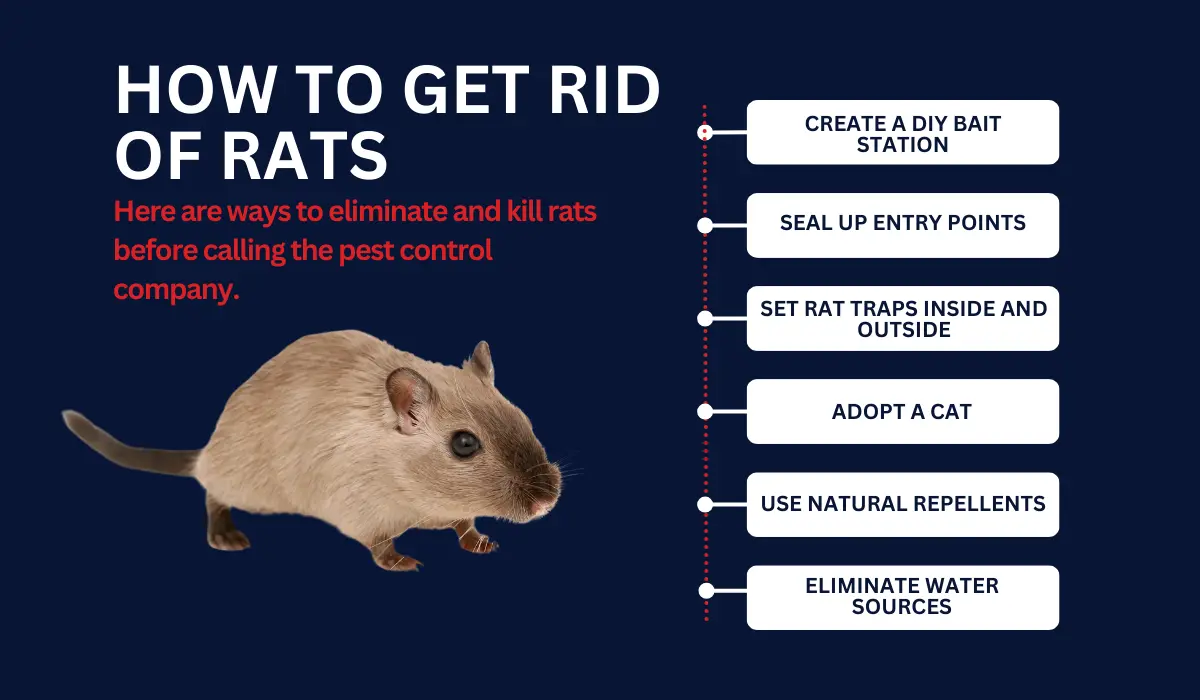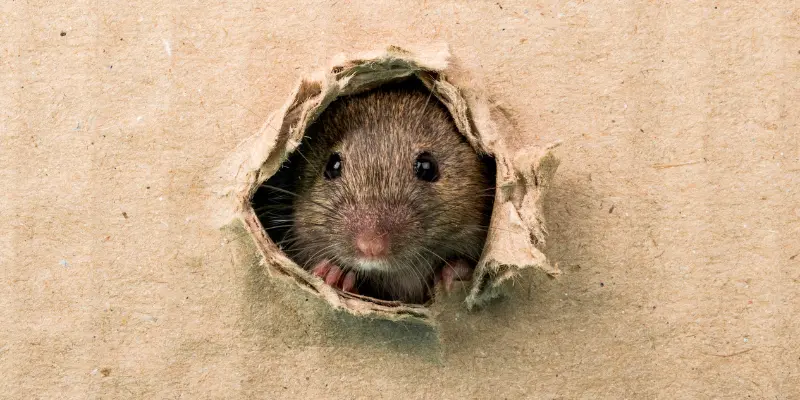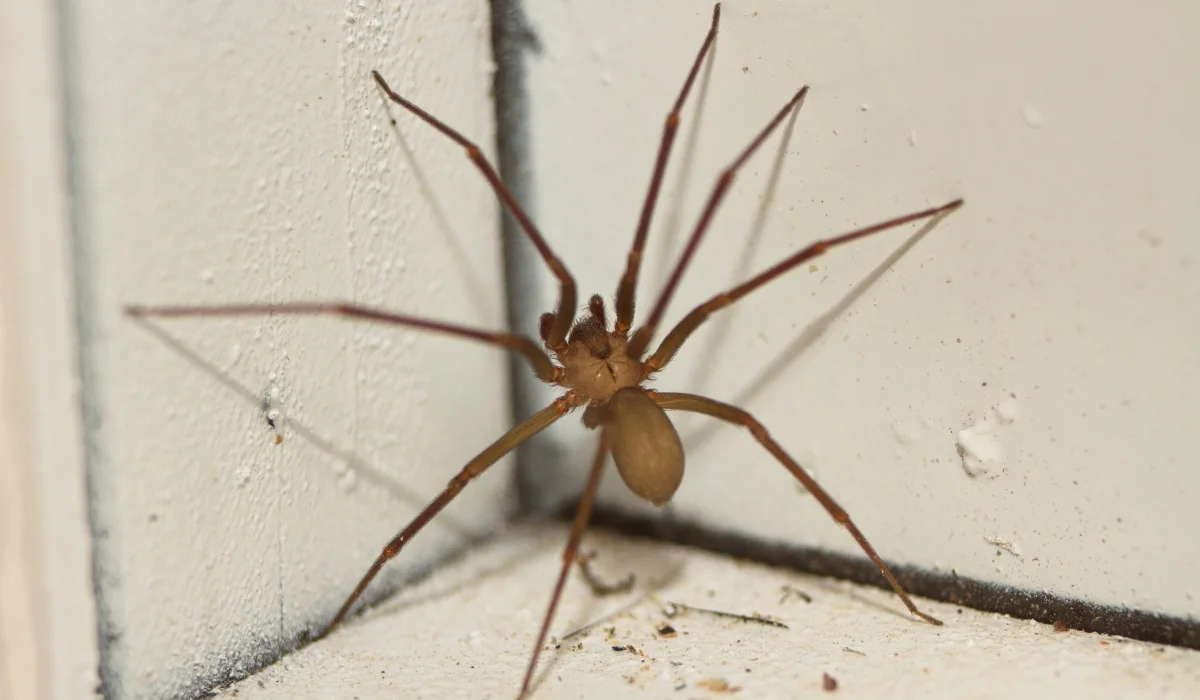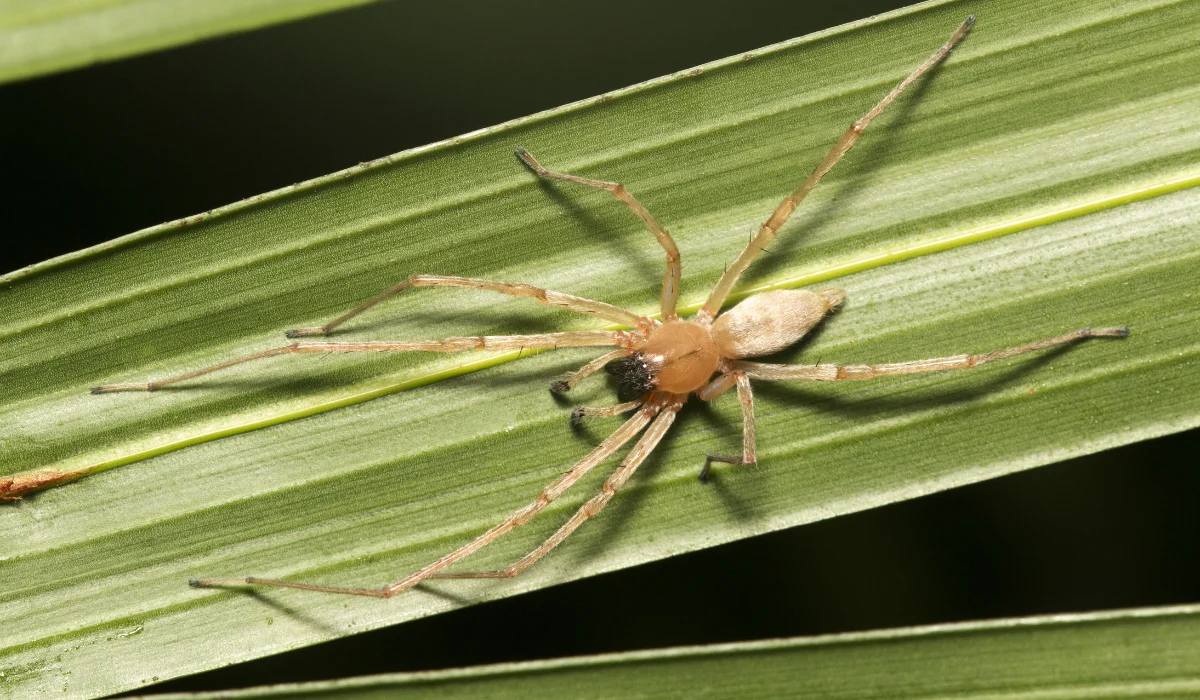Rats sneaking into your walls? Not only do they chew through wires and bring health risks, but they also turn your peaceful home into their playground.
To kick these uninvited guests out, you’ll need a plan. From set traps to professional pest control, understanding rat habits is critical.
Dive in for the best strategies to send rats packing and restore your home’s tranquility.
Key Takeaways
- Rats are attracted to the walls of Louisiana homes due to the warmth, shelter, and food sources these spaces provide.
- Homeowners can identify rat infestations by looking for signs such as scratching sounds, droppings, gnaw marks, and a distinct ammonia smell.
- Eliminating rats involves creating DIY bait stations, sealing up entry points, setting traps, and using ultrasonic repellers and natural deterrents like peppermint oil.
- Professional pest control services offer a comprehensive approach to rat removal, including inspections, exclusion services, and targeted treatments.
- Preventing future rat problems requires regular home inspections, yard maintenance, and proper food storage to eliminate potential rat habitats and food sources.
WHY RATS ARE IN YOUR WALLS
In Louisiana, rats choose to inhabit your home walls for several reasons. Here’s a breakdown of the reasons:
- Walls provide insulation for shelter and warmth, especially in colder months.
- Walls offer protection, keeping rats safe from predators.
- Walls have easy access to areas within your home.
- Walls provide quiet, undisturbed areas for nesting and raising young.
Signs of Rats in Your Walls
As stealthy mammals, rats spread diseases. However, they leave traces of their presence, which you can take advantage of as homeowners.
Here’s a closer look at crucial indicators of rat activity:
| Signs of Rat Activity | Description |
| Scratching Sounds | Often heard at night when rats are most active. |
| Mouse Droppings | Small, dark pellets, typically found near food sources or along walls. |
| Gnawing Marks | Damage to food packaging, furniture, or electrical wires. |
| Drywall Damage | Holes or chew marks as rats create pathways or nests. |
| Crawl Spaces | Typical entry and access points for rats due to their seclusion. |
| Distinct Smell | A sharp ammonia-like odor, especially noticeable in enclosed areas. |
| Squeaking | Subtle squeaking noises may indicate rat communication. |
HOW TO GET RID OF RATS

Getting rid of rats requires a combination of tactics, from homemade bait stations to natural repellents.
Here are ways to eliminate and kill rats before calling the pest control company.
Create a DIY Bait Station
A DIY bait station can be a cost-effective and efficient way to manage rodent issues. Here’s how you can assemble one with the following materials:
- A sturdy plastic container
- Drill or sharp object
- Protective gloves
- Bait (e.g., peanut butter, bacon)
| Steps | Action To Take |
| Prepare the Container | Use a drill or a sharp object to make holes in the sides of the plastic container. These holes should be large enough for rats to enter but not so large that non-target animals can access the bait. |
| Add the Bait | Wear protective gloves and place your chosen bait inside the container. Popular choices like peanut butter or bacon are highly attractive to rats. |
| Secure the Station | Seal the top of the container with a lid. This precaution helps protect non-target animals and children from accessing the bait. |
| Placement | Position the bait station along the walls where rat droppings have been noticed. This will increase the chances of rats entering the station. |
Tips for Bait: Baits such as peanut butter are often irresistible to rats, making them excellent choices for your bait station.
Seal Up Entry Points
Preventing rats from entering your home in the first place is crucial. Here’s a checklist and guide for sealing up potential entry points.
- Gaps around pipes and vents
- Foundation cracks
- Small holes in baseboards
- Openings near roofing
After conducting a thorough visual inspection, use the following materials to seal identified entry points:
- Steel Wool or Copper Mesh: For stuffing into gaps before sealing.
- Caulk: For minor cracks and crevices, especially around doors and windows.
- Metal Sheets: For larger openings, especially in the foundation or roofing, metal sheets can provide a durable barrier against rodents.
Set Rat Traps Inside and Outside
Strategically placing mouse traps inside and outside your home is crucial to managing rat infestations.
When you place traps in secluded areas with high rat activity, always consider the safety of other household inhabitants, including pets and children.
| Trap Type | Benefits | Drawbacks | Placement |
| Snap Traps | Effective, quick | Can harm pets/children | Close to walls |
| Live Traps | Humane | Requires releasing | Nearby known paths |
| Glue Traps | Simple to use | Less humane | Dark, enclosed areas |
Adopt a Cat
Cats are not only pets but also natural rat deterrents due to their hunting instincts:
- Natural Deterrence: The presence of a cat can significantly reduce the likelihood of rats settling in an area.
- Alternatives: For those with allergies, consider using simulated predator scents or periodically borrowing a neighbor’s cat as temporary solutions.
Use Natural Repellents
Natural repellents can deter rats without the need for chemicals. Effective options include:
| Natural Repellent Options | Description |
| Peppermint Oil | Soak cotton balls in peppermint oil and place them near suspected entry points. |
| Eucalyptus Leaves | Scatter leaves in areas like the attic or basement to repel rats. |
| Ammonia | Soaked ammonia rags can be placed strategically, such as in the garage. |
Eliminate Water Sources
Rats constantly search for water, and eliminating access to it can significantly reduce their chances of infestation in your area.
To ensure you’ve covered all bases in eliminating water sources for rats, use the following checklist:
- Inspect and repair all indoor and outdoor leaks.
- Clean gutters and outdoor drains to prevent water buildup.
- Cover pools and maintain water features to discourage rat access.
- Remove or secure outdoor pet water bowls at night.
- Regularly change the water in bird baths and use deterrents like motion-activated sprinklers.
- Use dehumidifiers in damp areas like basements and crawl spaces.
- Improve ventilation in areas prone to moisture buildup.
WHAT THE PROFESSIONALS (US) WILL DO
When the scurrying and scratching in the walls becomes more than an annoyance, it’s time to hire a professional.
At LaJaunie’s Pest Control, we offer more than just immediate relief with our step-by-step protocol for rodent control:
1. Assess Service Need
- Decide between standard pest control or a detailed inspection by a certified inspector. Schedule an inspection if necessary.
2. Inspection and Customer Consultation
- Inspect: Schedule and conduct an exterior inspection. Document issues and propose solutions.
- Consult: Share findings with the customer and, upon agreement, schedule the exclusion service.
3. Execution of Services
- Prepare: Gather equipment and notify the customer upon arrival.
- Implement: Perform exclusion works, including sealing and mesh installations in critical areas.
4. Enhanced Control (If Applicable)
- Deploy rodent bait stations based on activity signs.
- In the attic, check for signs of rodents, apply targeted treatments, and set strategic baits.
5. Address Specific Needs
- Offer CO2 burrow elimination for burrowing rodents (additional fees may apply).
SHOULD YOU SEEK THE PROFESSIONALS NOW?
You might wonder if it’s time for the big guns when you hear the dreaded scurrying inside the walls.
Rats can be sneaky critters; getting rid of them might be quite the escapade. So, spotting any signs of these critters making themselves cozy in your walls should alert you and call in a professional pest control.
Whether you’re in Covington or Zachary, seeking expert help should be easy. For immediate intervention for a severe infestation, let Lajaunie’s mouse control specialists tailor a solution that’s right for your home.
For more information about the areas we service, visit our location page.
 By: LaJaunie's Pest Control
By: LaJaunie's Pest Control 


